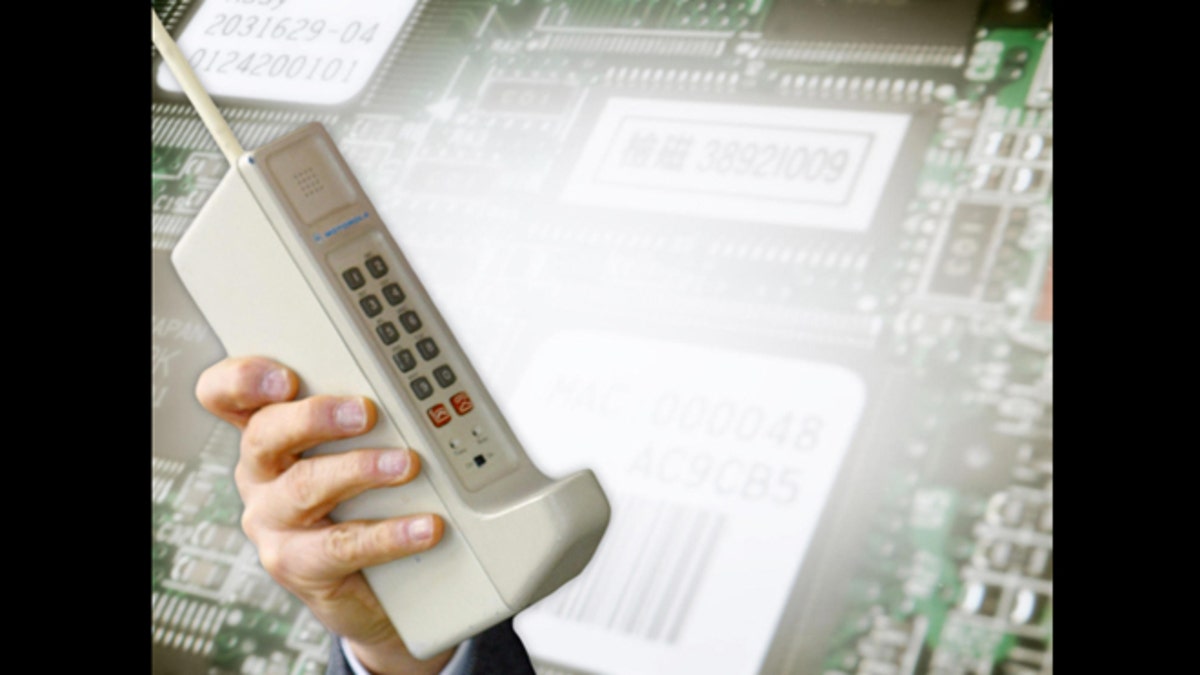
A 1973 Motorola DynaTAC prototype. (Motorola GraphicsBank)
There were no digital cameras, no personal computers, and certainly no Internet in 1973.
But there were cell phones. Well, one anyway.
On April 3, 1973, from a Manhattan street corner -- 6th Ave. between 53rd and 54th -- Motorola’s Martin Cooper placed the world’s first mobile phone call. To his rival, no less.
“I was running the whole Motorola cellular program, I was a division manager at that time, and he was the AT&T equivalent,” Cooper told tech site the Verge last year, on the 39th anniversary of that phone call. “I have to tell you, to this day, he resents what Motorola did in those days.”
Cooper called Joel Engel from Bell Systems to tell him that the race to perfect cellular tech was over -- Motorola had done it first. Cooper's exact words on that call weren’t recorded the way Samuel Morse’s first telegraph message was (“what hath god wrought”) or Alexander Graham Bell’s first phone call (“Watson, come here. I want to see you”). He reportedly said something like, "I'm ringing you just to see if my call sounds good at your end."
- The Future Is Here: Technology Then and Now
- 12 tech firms that couldn’t keep up
- From Tabulating Machines to Tech: 100 Years of IBM
- 15 technologies today’s infants will never use
- Apple to begin production of next iPhone this quarter, sources tell WSJ
- Apple ‘iRadio’ service set for summer release, rumors suggest
- Motorola’s cell phones: Four decades of wireless phone calls
The gadget he used is well known, however.
The prototype version that would become the Motorola DynaTAC 8000x weighed 2.5 pounds, had a single-line, text-only LED screen. It would take a decade before Motorola’s DynaTAC finally reached consumer hands.
On September 21, 1983, Motorola made history when the FCC approved the 8000X, the world's first commercial portable cell phone. It cost consumers a whopping $3,995 at the time.
And the hunk of cream-colored plastic and wires Cooper used looks preposterous next to the sleek modern iPhones and Androids today’s consumers rely upon, of course.
Even Cooper has moved on: today he relies on a Motorola RAZR -- or at least he did last year, he told The Verge. Cooper remains a pioneer in cell phones; he told the site he gets a new one every six months.
“I'm being sorely tested lately because the phones are coming out so fast. Each time they get a little better, and I think they're pretty much on a par now — if you know how to use them — with the iPhone,” he told The Verge.




















